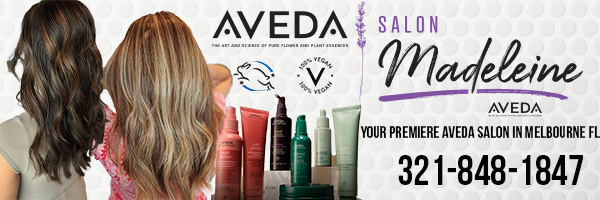Dentistry Goes Tech

In dentistry, advances in technology have dramatically changed the way we deliver patient care. We can accomplish treatment more quickly, with less discomfort, and with greater precision than just a few years ago.
Let’s take 3D dentistry, for example. Most of the crowns and bridges today are made with 3D technology, whether in the dental lab or dental office. CEREC, or one-visit crowns, are 3D designed and manufactured right in the dental office. There is no need for a temporary crown, gooey impressions, or a separate visit weeks later to cement the final crown — not to mention the occasional need to recement the temporary crown that has fallen off while waiting for the permanent crown.
Eliminating the temporary crown step enables our preparations to be more conservative, minimally invasive, and more biological. An added benefit is that these same-day, one-visit crowns are highly aesthetic and lifelike. This is because they are metal-free, which means no more dark lines at the gum.
3D X-rays are now possible. Called Cone Beam Computerized Tomography (CBCT), these X-rays can target a specific area of interest, and radiation doses are hundreds of times less than a medical CAT scan. A 3D view of the teeth and surrounding bone has numerous benefits. It allows the dentist to be able to diagnose pathologies around the teeth, jaw bones, and sinuses that are not visible on a 2-dimensional X-ray.
The rise of 3D technology in dental implant treatment is becoming the standard of care. After a CBCT X-ray, the amount and quality of bone can be determined, and a dental implant can be placed virtually in the optimal location. Next, a 3D printed surgical guide can be made, which aids in placing the dental implant exactly where it was planned virtually — this allows for the long-term success of the dental implant.
Magnification of the teeth and gums is crucial to providing exceptional dental care. The advancement of the dental microscope has changed the way we do dentistry. This technology helps the dentist see clearly and provide better long-lasting results. The ability to adjust the magnification from 3X to 20X power provides optimal magnification for each procedure being performed. This magnification coupled with the technology of CEREC discussed earlier leads to better-fitting crowns that can last as long as decades.
The microscope also has an attached camera that displays on a monitor directly above the patient. This allows the dentist to show the patient exactly what they are seeing in their mouth and opens the conversation as to what options the patient has to treat their condition.
At the Smile Design & Wellness Center, we have all of these technologies and many more that enable us to do precision dentistry more efficiently and predictably. For more information, please visit SmileDesignCenter.us or call 321-751-7775. Next month, we will discuss our use of lasers, ozone, and stem cells.
Haley Freymiller DMD is trained to treat patients who have complex medical conditions, as well as those with special needs. She has extensive experience in treating cancer patients and has a keen interest in the oral-systemic connection. Freymiller is well versed in how much oral health impacts body health.
Read more articles in our DIGITAL MAGAZINE.








